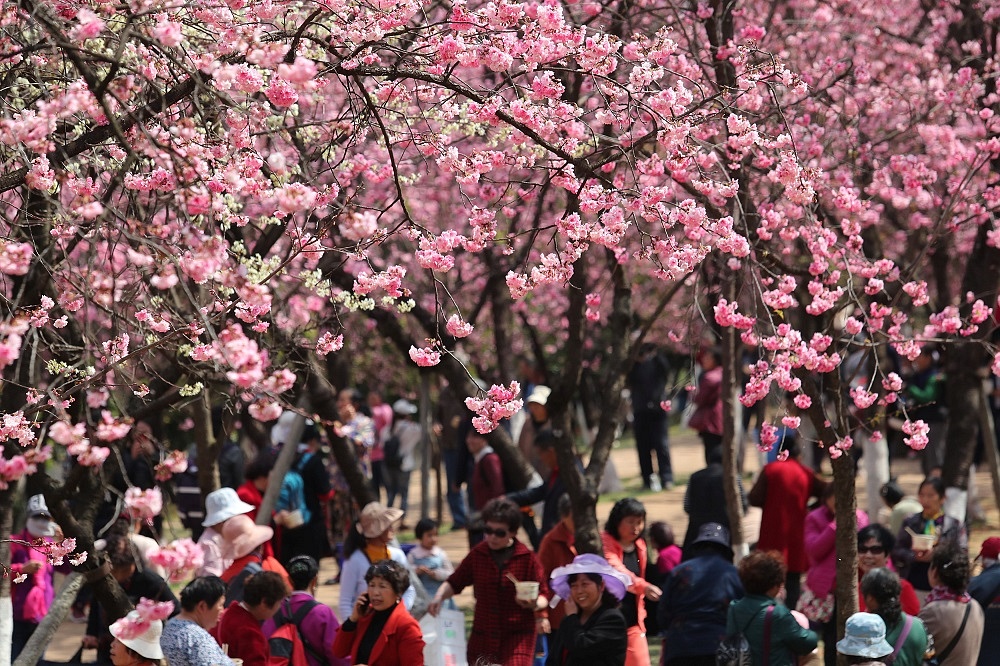SINGAPORE - Singapore's hawker culture has been inscribed as an official Unesco intangible cultural heritage. The decision was announced on Wednesday (Dec 16).
Earlier, an evaluation body comprising 12 experts around the world said that Singapore's application satisfied all criteria.
There are more than 400 items on Unesco's list from 117 countries.
Some of the categories that make up "intangible cultural heritage" as defined by Unesco include: oral traditions and expressions, such as folktales and legends; performing arts; social practices, rituals and festive events; knowledge and practices concerning nature and the universe, such as fengshui and traditional medicine; and traditional craftsmanship.
Here are some examples of the items from other countries that have made Unesco's list so far.
1. Art of Neapolitan 'Pizzaiuolo' in Italy
There's an art to making pizza, and you can find it in Italy.
The art of Neapolitan "Pizzaiuolo" refers to the culinary practice in making pizza - the preparation of the dough and the baking in a wood-fired oven, involving a rotary movement by the baker, according to Unesco.

The practice came from Naples, where about 3,000 Pizzaiuoli can be found.
It also brings communities together, with the Master Pizzaiuolo, the Pizzaiuolo and the baker - as well as the families in Naples who practise it at home.
The art of Neapolitan Pizzaiuolo was inscribed on the list in 2017.
2. Beer culture in Belgium

Beer is such a big part of Belgium's culture, that "it plays a role in daily life, as well as festive occasions", according to the Unesco website.
Nearly 1,500 types of beer are produced in Belgium using different fermentation methods, and some regions are known for their own varieties of beer.
The alcoholic drink is also used in cooking, including the making of cheese, and is also sometimes paired with food to compliment flavours.
Belgium's beer culture was inscribed on the list in 2016.
3. Yoga in India

According to the Unesco website, yoga in India was inscribed on the list in 2016 for its philosophy and how it has "influenced various aspects of how society in India functions, whether it be in relation to areas such as health and medicine or education and the arts".
It describes yoga as "a series of poses, meditation, controlled breathing, word chanting and other techniques designed to help individuals build self-realisation, ease any suffering they may be experiencing and allow for a state of liberation".
The values of yoga form a "major part of the community's ethos" and can be practised by anyone without discrimination, added Unesco.
4. Mediterranean diet

In Cyprus, Croatia, Spain, Greece, Italy, Morocco and Portugal, the Mediterranean diet is not just about eating.
It also involves a set of skills, knowledge, rituals, symbols and traditions concerning crops, harvesting, fishing, animal husbandry, conservation, processing, cooking, and sharing of food.
The diet enshrines the "values of hospitality, neighbourliness, intercultural dialogue and creativity, and a way of life guided by respect for diversity", according to Unesco.
"It is a moment of social exchange and communication, an affirmation and renewal of family, group or community identity," it added.
5. Craft of the miller operating windmills, watermills in the Netherlands

Windmills and watermills are often seen as a Dutch icon, but there are not many people left in the Netherlands who have the expertise to operate and maintain them.
According to Unesco, there are about 40 professional millers left in the Netherlands, who are working with volunteers to keep the craft alive.
In the past, the miller's craft was passed on from master to apprentice, but safeguards are now in place to ensure that the craft is passed down to future generations.
Volunteers who wish to learn the craft can now apply for training, and so far, about 2,000 volunteers have obtained a miller's qualification, said Unesco.
6. The 24 Solar Terms in China

The Chinese lunar calendar states that a year is divided into 24 solar terms, beginning with the start of spring.
This knowledge of time originated from the Yellow River, through the observation of the changes in the seasons, astronomy and other natural phenomena in the region before being applied throughout the country.
Some Chinese rituals and festivals are tied to the this lunar calendar, including the First Frost Festival of the Zhuang People and the Ritual for the Beginning of Spring in Jiuhua.
The 24 Solar Terms were inscribed on the list in 2016.
7. Culture of Jeju Haenyeo, or women divers in South Korea

The Jeju Haenyeo are a group of women on Jeju Island who go diving 10m under the sea for shellfish, including abalone and sea urchins, without the help of oxygen masks.
These women, which include those in their 80s, dive for a living for up to seven hours a day, 90 days of the year.
Each time they go underwater, they hold their breaths for one minute.
Prayers are also said before a dive to the goddess of the sea, also known as Jamsugut, to ask for safety and an abundant catch.
"Designated by the provincial government as representating the island's character and people's spirit, the culture of Jeju haenyeo has also contributed to the advancement of women's status in the community and promoted environmental sustainability with its eco-friendly methods and community invovlement in management of fishing practices," according to the Unesco website.


